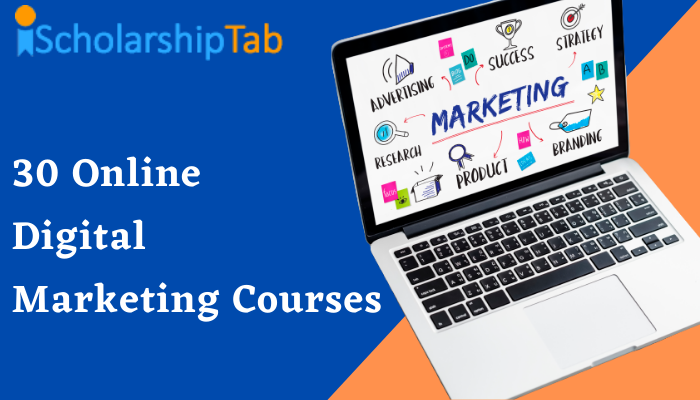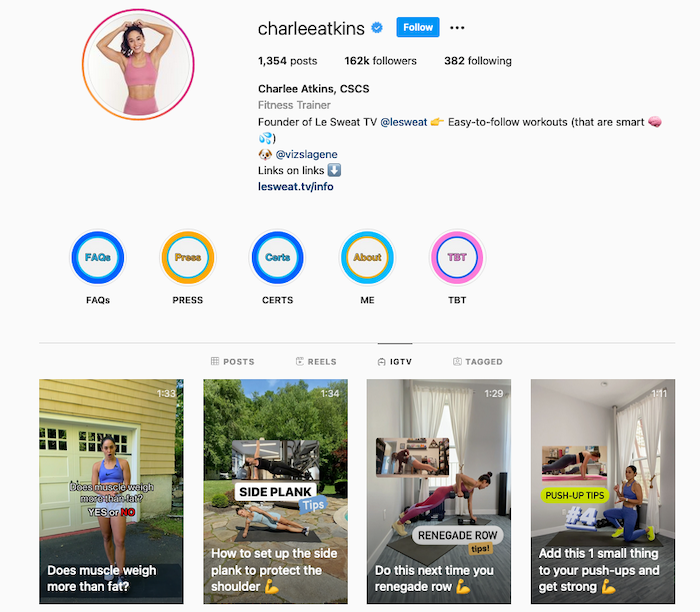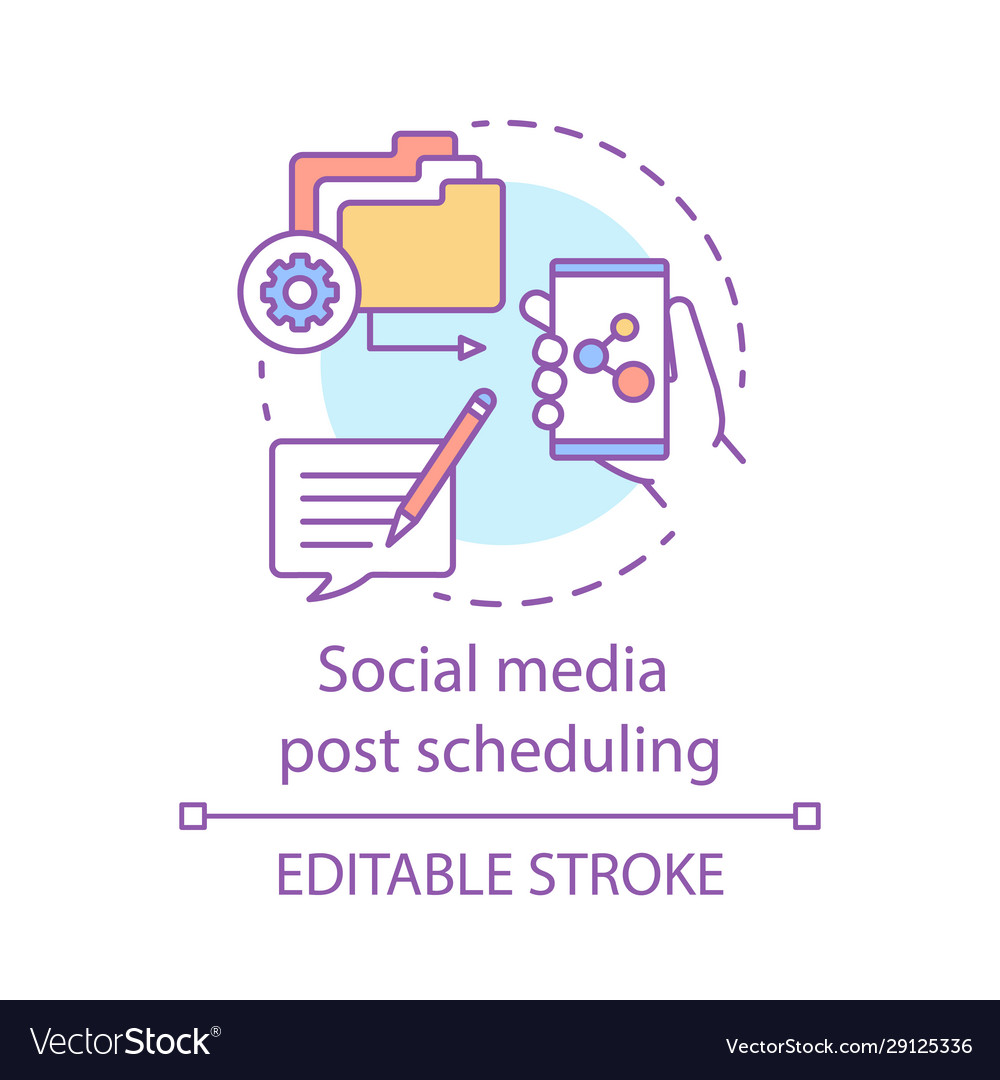
There are many types of affiliate marketing programs. You can choose from Pay per lead, Pay for sale, Pay for action and Unattached. Let's compare the differences. Which one is best? Here are some ways to choose the right program. Getting started with affiliate marketing can be fun and easy, but be sure to understand what you're getting into. Listed below are the best affiliate marketing programs available.
Pay per lead
You might be interested in Pay per Lead affiliate marketing programs if you're looking for an innovative way to market your affiliate business. This type of affiliate market allows you to make a lot of money without having to invest any money. Commissions are earned when someone signs up for a trial or purchases a product. Pay per lead programs, also known as cost per leads or pay per action, are also called pay per lead. You can earn money by referring friends and family to these companies.
Pay per lead affiliates reward you with a commission for generating qualified leads. The merchant will pay you a commission for each lead that becomes a paying customer. Pay per Lead affiliate programs pay a bonus for a particular percentage of qualified leads. This means that a particular percentage of your traffic may not turn into a customer but instead, will lead to a higher commission.
Pay per purchase

There are many options for pay per sale affiliate programs. Some offer higher commissions, while others are more lucrative. These programs can provide detailed reporting tools but may not be suitable for you. Some take a lot of time to set up while others require you to have a solid following. These are some of our top picks. You can read on to learn about the programs and their workings. HubSpot is also a great tool for marketing.
OptinMonster is an affiliate marketing program that allows you to create campaigns on your website and display them to visitors as they exit your site. This technology uses ExitIntent (r), Technology to re-capture users who have left your site. Geolocation targeting and Page-level targeting allow you to tailor your campaigns depending on where your visitors are located. By using these tools, you can also optimize your campaigns for specific pages on your website.
Pay per action
Pay per action refers to a marketing strategy in that advertisers pay affiliates for each sale or referral. An affiliate is paid by the advertiser for every purchase or referral that leads to an action on their website. The publisher is rewarded for directing web traffic to the advertiser's website, and the affiliate gets paid when the consumer makes a purchase or hires a service. These programs usually pay lower affiliate commissions than other programs, but they can still be very profitable for many websites.
Another payment strategy is pay per lead, or PPL. Affiliates are paid based on how many leads they generate through pay per lead programs. These leads are of high quality, but do not have a customer yet. These leads may be faked or weak and could have a negative impact on the advertiser. There are solutions to this problem. Pay per lead programs can be a good choice for those looking for a steady income.
Unattached

It is possible to promote products without knowing anything about them through unattached affiliate marketing programmes. Unattached Affiliates don't have any connection with the product. Instead, the clicker simply clicks on the affiliate link to go to the original company's web site and buy the product. If the clicker orders the product, the affiliate will earn a commission. While affiliate marketing programs can pay low-paying commissions and are often unreliable, it is possible to earn good money by unattached Affiliate Marketing.
Search engine marketing and pay per click advertising are two methods of unattached affiliate market. The name suggests that unattached marketers don't have a relationship or product. Instead, they must rely upon paid-to-place models for traffic. However, if you can drive high-quality traffic to the product, you can earn a great deal of money through these programs. These types of unattached marketing programs often pay out more $100 per day.
FAQ
How can I measure success with content marketing?
There are many ways to assess the effectiveness of your content-marketing strategy.
One good measurement tool is Google Analytics. Google Analytics allows you to see the origins of your targeted traffic and which pages they most often visit.
It also shows you how long each visitor stays at your site before they leave.
You can use this information to improve the content you create to grab people's attention, and keep them interested for longer periods of time.
The following questions will help you to measure the success and failure of your content marketing efforts:
What value do my new subscribers receive from my email bulletins? How many people have converted to paying memberships from my entire mailing list? How many people have clicked on my landing page to convert? Are click-throughs more successful than other types of conversions?
These are all important metrics to track, monitor, and report on over time.
Another way to measure your content marketing success? Look at how often people share links to your content on social networks.
Start now if you don't already. It could make all the difference in whether you are seen or ignored in your industry.
What amount should I spend on content marketing?
That depends on how many leads you want to generate. Depending on industry, the average lead cost is between $5-$10. As an example, 20 dollars per lead was the cost of our first business. Now we spend $6-7 per leads.
How long will it take to get started with content marketing?
It all depends on your business size. Smaller businesses often don't have the resources to invest immediately in content marketing. If you put in the effort, it can really pay off.
Do I need a team, or can I do content marketing alone?
It all depends on your skills and experience, as well as your budget. You may need to learn how you can do the job yourself if you don’t want to hire someone.
You should not attempt content marketing without support.
An agency or content strategist that is skilled in creating great content can save you both time and money as well as help you achieve better results.
You can't achieve success unless you work hard, produce high-quality content, and keep up with current trends. A solid content strategy is critical.
What is strategic marketing?
Content marketing is the art and science of creating useful content that others can share on various channels. It's all about giving people exactly what they want. This is what makes the most successful businesses.
Strategic Content Marketing allows you to give your customers exactly what they want at the right time.
It is important to understand what people care about, and to listen to their thoughts. Then, create high-quality content to answer their questions and solve their problems. This builds trust and loyalty and ensures you are top of mind when they need your product or service.
Where should I start when it comes to Content Marketing?
Start by identifying who your audience is. Who are they? What are their needs? How can you help them? Knowing who you are writing for will help you decide where to put your efforts.
How can I measure success when using content marketing?
There are many ways that you can measure your content marketing effectiveness. You can track how many people visit your site, or see how many leads you generate.
Statistics
- An example of an overarching goal could be: "In 2022, we want to achieve a 20% increase in revenue created by organic content and generate 15,000 MQLs with a budget of $30,000." (semrush.com)
- This marketing strategy landed Ford a 15.4% conversion rate. (neilpatel.com)
- In fact, would pay more for a better customer experience, and 86% of B2B buyers would pay more. (neilpatel.com)
- Progress indicators (0–100%) allow each team member to see how attainable each goal is and understand what remains to be accomplished. (semrush.com)
- We found that 40% of businesses don't have a documented strategy yet. (semrush.com)
- Content marketing produces 3X more leads per dollar spent. Content marketing costs 62% less than traditional marketing. (criteo.com)
- Out of the 1,500 marketers we surveyed for our State of Content Marketing report, 78% who felt their content marketing strategy was exceptionally effective in 2021 had documented their strategy. (semrush.com)
- According to the Content Marketing Institute, 70% of B2B marketers and 86% of B2C marketers surveyed use content marketing in some form or other. (criteo.com)
External Links
How To
How to make your videos more awesome?
Video Marketing is one powerful tool in Content Marketing. It allows you to communicate with your audience, engage them emotionally, and build trust. But how can you go from being boring to amazing? Let's explore some simple ways to do this!
-
Tell a story. Storytelling lies at the heart and soul of all communication. Video marketing cannot work without storytelling. You must decide what stories you want. Is it something entertaining? Educational? Inspiring? Social media is full of people telling their stories through photos and videos. Take inspiration from these stories and make your own.
-
Use images. Images communicate emotions quicker than words. They help us connect with others and feel empathy. So don't forget to include images in your videos. You can add pictures to your slideshows or embed them directly in your blog posts.
-
Make it easy to share. If you want your viewers spreading the word, make sharing easy. Your videos should include sharing buttons. Add social icons to your slideshows. Consider adding "Share" buttons to your videos if you are working on a YouTube channel.
-
Don't overdo it. If you have too many graphics and too much information, your viewer might lose interest. Keep it simple. You only need a few images to draw attention and keep it.
-
Keep it brief. People love watching short videos. If you want to create a buzz around your brand, try creating bite-sized videos that are only 5 minutes long.
-
Get feedback. Listen to what your audience has to say. Ask them what works and what doesn't. Use the answers to improve your content.
-
A plan is essential. Now that you have made your first video, think of how you could create more. Can you create a series? Or maybe create a playlist with just the most popular videos?
-
Test, test, test. It's not what you want. You should test any video before it is released. Find out what reactions you get. Based on your results, make changes.
-
Repeat. Keep going until you find your perfect formula. Once you have a good idea of what works, it will be easy to create stunning videos.
-
Measuring results. It's crucial to measure the success and failure of your videos. What was their performance? Do certain audiences prefer specific videos? These questions will allow you to fine-tune the strategy.
-
If necessary, make adjustments. After your video campaign is launched, don't forget to learn. Learn from your failures and adapt your plans accordingly. The best marketers never stop learning.
-
Enjoy it. It's not difficult to do video marketing, but it requires patience. You'll gain more experience and learn new strategies and techniques to help your business grow.